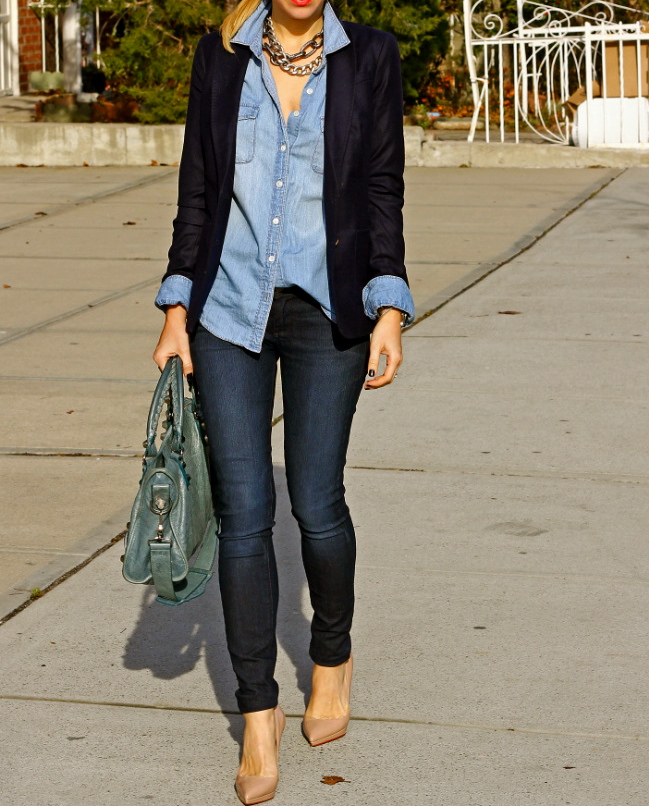The Best Fabric Choices for Allergy-Friendly Clothing
페이지 정보
작성자 Nikole 작성일25-10-22 19:42 조회0회 댓글0건관련링크
본문
When you suffer from allergies, the clothes you wear can play a bigger role than you might think. While many people focus on pollen, dust, or pet dander, the material in direct contact with your body can also trigger irritation, trapstar royaume-uni redness, and itching or even asthma-like symptoms. Choosing the right materials for your wardrobe is a simple but powerful step toward reducing allergic reactions and improving daily comfort.
Organic cotton is often considered the ideal option for allergy-friendly clothing. It is a plant-based textile that is cooling, smooth, and skin-safe. Unlike man-made textiles, cotton does not hold in sweat and warmth, which helps stop microbial proliferation. Look for certified organic cotton whenever possible, as it is grown using sustainable methods and processed without harsh chemicals that can irritate sensitive skin.
Linen is another excellent option. Made from the natural flax fibers, linen is resists microbes and allows airflow. It pulls dampness off the surface and remains dry under pressure, which prevents odor-causing organisms. Linen may feel textured when new, but it becomes gentler over time and becomes ideal for daily wear.
Pure silk is a natural protein fiber that is delicate and skin-compatible. It has sweat-absorbing capabilities and is self-protective against common triggers. While it requires delicate handling, chemical-free silk can be a ideal solution for clothing worn close to the skin for those with chronic dermatitis.
Steer clear of man-made textiles like petrochemical blends and synthetic weaves. These materials are often impregnated with flame retardants and dyes and prevent natural ventilation. They can retain moisture and warmth that encourages microbial growth. Additionally, some people develop skin rashes from the chemical coatings used on man-made fabrics.
Sheep’s fiber can be tricky. While it is biodegradable and ventilating, some people with reactive dermis find the rough fibers of wool irritating. However, finer grades like merino wool are nearly silk-like and can be worn next to the skin without inducing itching. Always choose natually processed wool if you're considering it.

When shopping for clothing, check fabric tags and seals. Look for terms like Sustainable Textile Standard, which means the fabric has been screened for toxins. Also, shun items with permanent finishes, as these treatments often involve formaldehyde or other allergens.
Washing new clothes before wearing them is essential. This removes residual dyes, sizing agents, and manufacturing chemicals. Use a gentle, fragrance-free detergent and wash a second time to ensure all soap is washed out.
In summary, the best fabrics for allergy-friendly clothing are pure, airy, and chemically clean. Organic cotton, flax, and mulberry silk are ideal selections, while man-made textiles are not recommended. By being mindful of what touches your skin every day, you can transform your comfort levels and experience relief all seasons long.
댓글목록
등록된 댓글이 없습니다.
